-

-
400 South Salina St. Suite 201,
Syracuse, NY 13202
Benefits of structured cabling in high-density data centers
Free Whitepaper
DATA CENTER STRUCTURED CABLING GUIDE
With the flow of data rising exponentially, data center space and efficiency have become premium factors for businesses. All hardware and cabling designs must be modular and scalable, make optimal use of space and take cooling and energy consumption concerns into account.
Gone are the days of using point-to-point cabling and directly connecting devices to one another. This leads to cabling messes and increases cabling costs for every hardware refresh. In today’s high-density data center, a well-designed structured cabling system increases uptime, scalability and return on investment while simultaneously decreasing your technology footprint and operating expenses.
In this white paper, we’ll explain what structured cabling systems are and analyze the benefits you can reap from implementing them in your data center.
What is a Point-to-Point Cabling System?
A point-to-point cabling system is constructed with direct connections or “home runs.” Jumper cables are used to connect one device, such as a switch, server or storage unit, directly to another device.
Aside from becoming confusing, a point-to-point cabling system raises potential problems, such as reduced airflow and stress on cables, which negatively affects data throughput. Reduced airflow decreases hardware life by making the machine work harder, thereby increasing the power consumption in a data center.
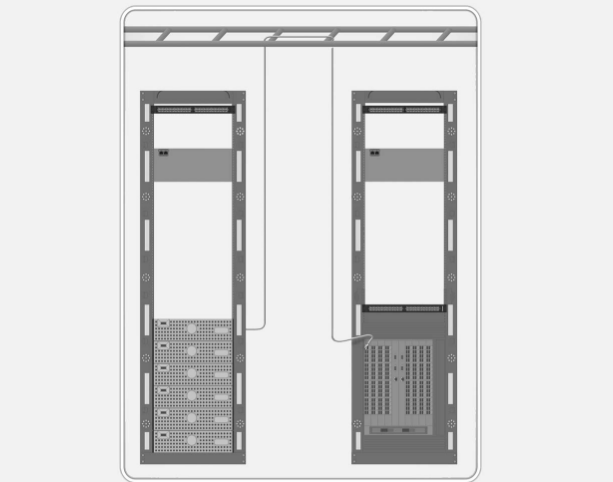
What is Structured Cabling?
A structured cabling system uses a Main Distribution Area, or MDA, into which all connections are run. The TIA-942 Standard defines the MDA as the central point of distribution for the data center structured cabling system.
It is the area where the consolidation to the main cross-connects and the switches and routers takes place. All active ports are replicated in a passive area with the MDA. This means active equipment is not affected or disturbed.
Why Use a Structured Cabling System?
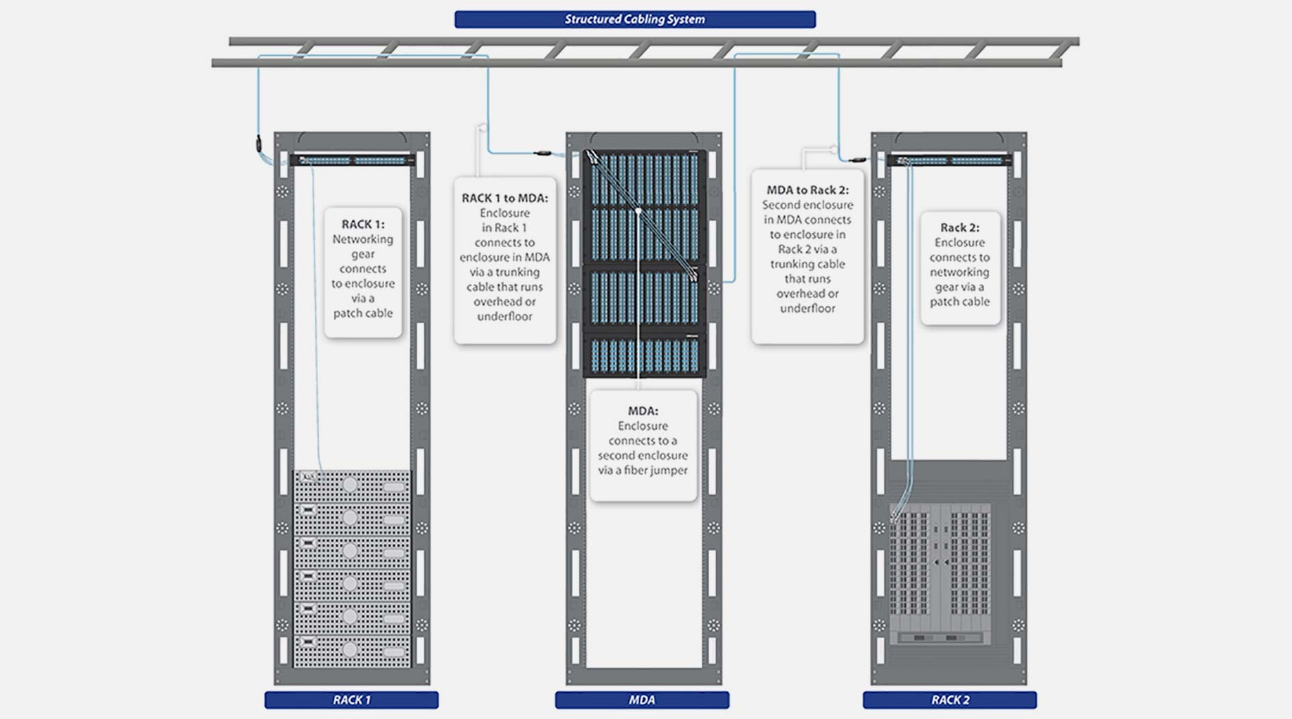
Maximum Uptime
Adding new hardware takes far less time. Since the cables are neat and installed in an orderly manner there is less confusion. It is less likely that the wrong cable will be disconnected during moves, adds and changes
Reduced Footprint
A structured cabling system allows technicians to use smaller diameter trunk cabling, reducing overall cable bulk and decreasing the chances for blocked airflow and crushed cables. By nature, a structured cabling system is organized and planned.
Increased Scalability
Today’s data centers are complex and diverse environments. A structured cabling system is needed to manage and support connections to hardware and to enable growth of the network. A structured system allows for scalability due to its modular design. Since the footprint is already in place, it is easy to add additional patch panels to create new connections.
Return on Investment
A structured cabling system will last over multiple generations of hardware. Over time a structured cabling system will:
- Reduce system operational costs, including heating, cooling and power.
- Reduce installation and maintenance time. The structure of the cabling system allows for efficient changes and upgrades.
- Increase system availability by reducing the time required for moves, adds and changes.
- Maintain business continuity by minimizing sources of failure, possibility for errors and danger of cabling being inadvertently unplugged.
- Promote longevity of the infrastructure and ease of upgrades with built-in modularity and scalability.
This makes it far more cost-efficient than a point-to-point cabling system.

Why Performance Matters
Optical power budget, cabling system loss and channel distance are directly related to each other. Exceeding optical loss budgets will lead to channel errors, which can lead to downtime.
The best way to avoid this is to use a product set that can allow you to gain the benefits of a structured cabling system without exceeding optical loss budgets. This will allow for error-free operation and longer cable run distance
Why Repeatability Matters
Moves, adds and changes (MACs) happen daily in most data centers. These MACs typically require a change of position with the physical cabling. When two fiber optic connectors mate, at a patch panel or into equipment, the pressure on the fiber mating can exceed 40,000 PSI.
This repeated mating and un-mating under great pressure will cause poorly manufactured cables to fail after only a few uses. Ensure your cabling products can meet the demands of your needs on the 100th plug-in as well as they do on the first.

Structured Cabling Products
Our integrated business approach maximizes financial return while improving sustainability practices and creating new market opportunities for our clients.
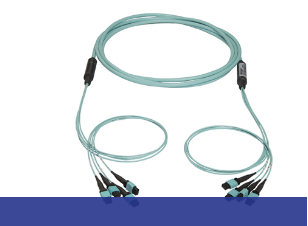
Trunks
Multi-fiber trunks, which can be run overhead or underfloor, help reduce cable management and install time.
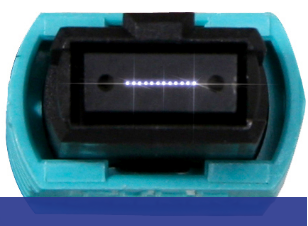
MTP® (MPO style connector)
The MTP® provides aggregated fibers within one connector. This allows for the easiest installation and provides the optimum platform to future speed migrations for data center protocols.
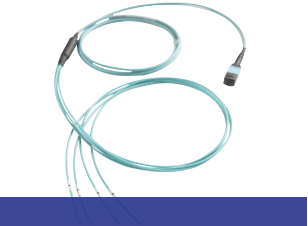
Harnesses
Harnesses can reduce cabling bulk by more than 80%. The pre-engineered staggers improve cable management and save valuable space and install time.
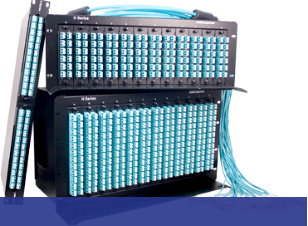
Enclosures
Enclosures are used to condense fiber applications and allow for maximum modularity and scalability.

